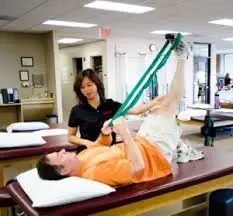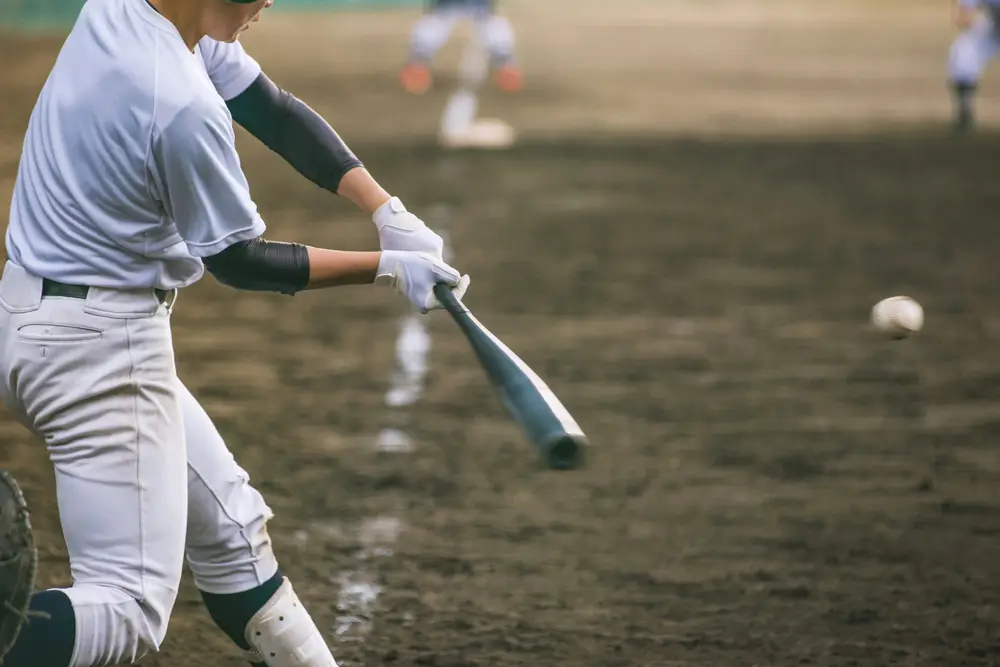This is the time of year when the bats are swinging, the baseballs are flying and the boys and girls of summer are at least thinking of the words to the world’s best baseball song…
“Put me in coach. I’m ready to play. Today.”~ John Fogerty, Centerfield
As the official spine surgeons for the Frisco RoughRiders, a minor league affiliate of The Texas Rangers, the specialists at Texas Back Institute examine many of these young players when back injuries strike. Often, these injuries are exacerbated when young players – middle school, high school, collegiate and professional – try to “play through the pain.”
A recent article in the Wall Street Journal noted overuse injuries are a serious problem, particularly for younger boys and girls. These are caused by the repetitive stress of the muscles and skeletal system without giving them enough rest. According to the article, more than 50 percent of the pediatric sports injuries occur due to a focus on a single sport by a young athlete.
Teams, of all skill levels, are trying to combat these injuries due to overuse by giving a greater role to athletic trainers. In an effort to determine is this is a positive trend or one that is dangerous, Dr. Rey Bosita, a spine surgeon at Texas Back Institute, was asked to give his professional pitch.
The Perils of Participating in Just One Sport

When asked if back injuries are caused by this overuse or repetitive stress trauma, there was no hesitation from Dr. Bosita.
“We’re seeing more and more young athletes coming in to our clinics, complaining about back pain from overuse,” he said. “We have more athletes specializing in one sport at an early age.
“In the “good ol days,” when I was growing up, in the fall we played football, in the winter we played basketball or wrestling, in the spring we played baseball and in the summer we might take off from organized sports altogether. Nowadays, we have kids focusing on one sport, year around. So, they’re using the muscle groups for say baseball year around and we’re seeing a lot of excessive wear and tear.”
“Of course it’s hard to tell the kid who’s good at baseball NOT to play baseball,” Dr. Bosita noted. “It’s up to the parents, coaches and trainers to direct the kid to do other physical activities. It’s important to stress that having good footwork from playing basketball, or developing good hands from football, would also be helpful for baseball.”
More Athletic Trainers are Getting Involved
As an experienced spine surgeon, Dr. Bosita is an expert on injuries which affect the spine. What is his opinion of the trend towards more and more amateur and professional teams giving increased responsibility for the health of the athlete to trainers?
“I think the trainer has a very important role,” he said. “Trainers have been underutilized to this point, because people think about calling the trainer after the injury occurs. However, a lot of times, the trainer can work ahead of time to try and prevent injuries,”
“For example, working with kids before practice, the trainer can make sure that they stretches properly. Learning proper stretching will help prevent injuries. In the case of pitchers, properly warming up will help to avoid injuries, and a trainer can help decrease the possibility that they are over-throwing and stressing their elbows and shoulders. After the game, the trainer can make sure that minor nicks or injuries don’t turn into big ones.”
“The trainer sees the team every single day,” Dr. Bosita noted. “Whereas spine surgeons and other specialist don’t see them as much. Therefore, the trainer has the potential of keeping an eye on every single player, every day.”
When to Stop Playing

“The old adage of ‘play ‘til it hurts’ is another thing that’s going by the wayside,” he said. “We’ve learned that trying to play through pain can make small problems into big ones. This can cause a problem which might be alleviated by rest or simple physical therapy and turn it into one that requires injections or surgery.”
“Nowadays, athletes such as pitchers are being capped on the number of pitches they can make in a given game,” he said. “There are also mandatory periods of rest for pitchers between outings. It is during that time when the athletic trainer can make sure that player stays flexible, that they are still improving their mechanics and they are strengthening the supportive muscle groups which are needed for good endurance.”
“From the athlete’s standpoint, especially for baseball players, any pain in the shoulder or elbow should be examined, at least by the trainer,” he said. “We’ve seen so many young pitchers at the college and Major League levels needing Tommy John surgery, and rotator cuff surgery and surgery for tears in the shoulder cartilage labrum from throwing so much. These injuries don’t start in college or in the pros. They probably started when the player was in high school and younger.”
“When the trainer or coach is aware of a potentially dangerous situation, they can help the player alter his or her mechanics, getting a less-stressful throwing motion, but maintaining the same velocity on a fastball or movement on a curveball.”
If you would like to hear the complete interview with Dr. Rey Bosita, click below for the SpineTalk podcast.
As an avid sports fan, Dr. Bosita is always a great source for predictions. So, what team does he see winning the 2016 World Series?
“I was born and raised in Cleveland, Ohio and I’ve always been a Cleveland Indians fan,” he chuckled. “So, I’ve always had a dream that they would win the Series. However, if I had to actually make a prediction, I would have to pick the Los Angeles Dodgers to win it this year.
If you have a young athlete in your family who is experiencing pain from participating in a sport, see you family physician or contact the spine specialists at Texas Back Institute.


